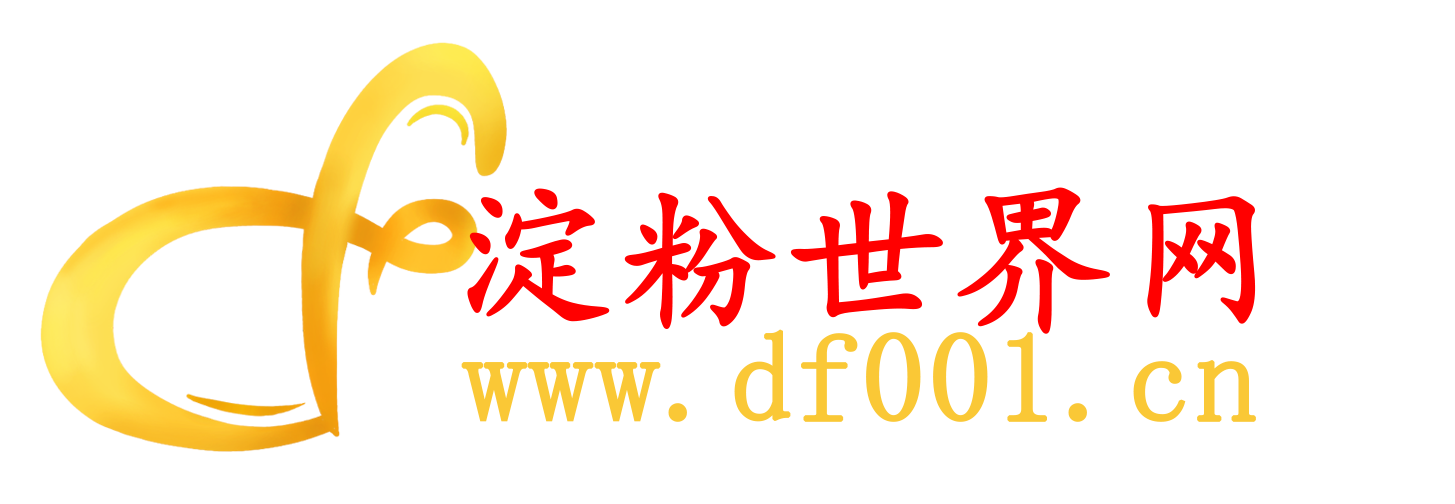Corn has a difficult trend market
In the past period of time, domestic corn deep processing enterprises have been actively restocking, and coupled with the increase in import tariffs on US corn, farmers have generally been reluctant to sell high-quality corn. The market price of corn has continued to rise, reaching a new high in nearly five months. However, with the rise in corn prices, feed companies have reduced their demand for corn procurement, and there has been a partial substitution of wheat consumption, resulting in a slight decline in corn prices from high levels. The current market is intertwined with long and short factors, making it difficult for corn prices to have a one-sided trend.
Firstly, the surplus grain of farmers in Northeast China has bottomed out. This year, there has been a certain degree of reduction in corn production in some parts of Northeast China, and the domestic temperature before the New Year is higher than before, resulting in a surplus of corn and difficult storage, which has led to an acceleration in the progress of farmers' grain sales. At present, the sales progress of corn by farmers in Northeast China has exceeded 83%, which is 4 percentage points faster than the same period last year. The sales progress of corn in North China has also reached 77%, which is 21 percentage points faster than the same period last year. At present, the surplus corn grain in the hands of farmers is less than 30%, and even some farmers have only about 10% of corn inventory. The surplus corn grain in China has reached its bottom, and it will inevitably continue to support the corn market price.
Secondly, the import tariff policy is favorable. Starting from March 10, 2025, China will impose additional tariffs on some imported goods originating from the United States, including a 15% tariff on corn. Although China has imported a relatively small amount of corn from the United States in recent years, with only 2.07 million tons imported in 2024, this tariff policy has increased the corresponding costs for domestic imported goods. This will inevitably lead to a decrease in the total amount of corn imported by China this year, and the market's dependence on domestic corn demand will increase, which will be beneficial for the domestic corn price trend.
Thirdly, deep processing enterprises are actively replenishing their inventory. Due to the reduced trade during the Spring Festival holiday and the sluggish markets for starch, alcohol, and other products in the past few months, deep processing enterprises in North China and other regions of China have purchased relatively less corn, resulting in low corn inventory levels. As of mid March, deep processing enterprises in Shandong and other areas have relatively little corn surplus, and some enterprises' corn inventory can only be produced and processed for 10 days. Due to the inability of deep processing enterprises to meet the continuous production needs of corn inventory, in the past few weeks, deep processing enterprises have continuously raised prices to purchase corn, boosting domestic corn prices.
Fourthly, feed enterprises should be cautious in their procurement. After a period of market procurement and replenishment after the Spring Festival, in the southern sales areas, feed companies have sufficient corn inventory, and corn prices in production areas continue to be strong, resulting in inverted corn prices in some production and sales areas. Corn prices continue to operate at high levels, and some feed companies have started purchasing wheat to replace corn. If this substitution is applied for a long time, it will inevitably have a certain adverse impact on the corn market.
Fifth, both farmers and traders are reluctant to sell. Due to the limited surplus of aged corn in China and the increase in import tariffs on future US corn, the market generally expects that the supply of corn in China will continue to be tight. Although feed companies have not been actively purchasing corn recently, the demand from deep processing enterprises is strong. Domestic corn spot traders and farmers are optimistic about the future trend of corn prices, resulting in a significant increase in reluctance to sell.
In summary, there is a small surplus of corn in China, and the import tariffs on corn from the United States have increased, leading to a growing reluctance among domestic farmers and traders to sell. However, feed companies in the southern region are currently cautious about purchasing corn in stock, which has suppressed corn prices. At present, there are both bullish and bearish factors in the domestic corn market, and it is difficult for corn to form a sustained unilateral market trend in the short term.


 Industry
Industry